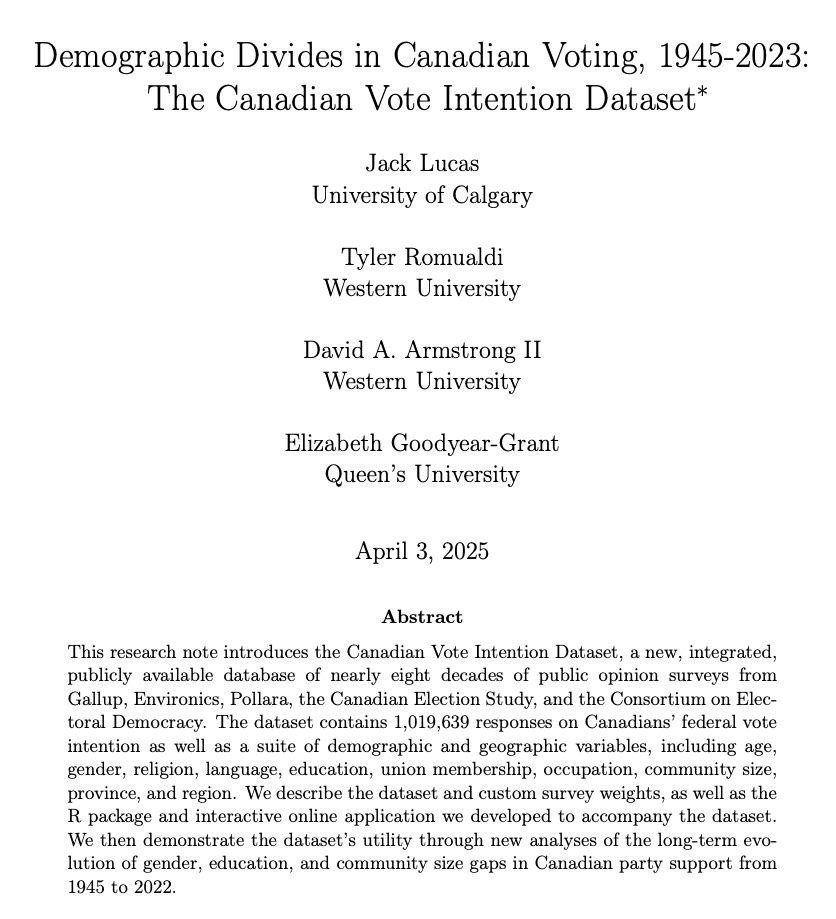As shown below, key cross-national predictors of AI dread and controllability concerns include trust in scientists, conspiracy thinking, and beliefs that technological change will harm one’s job prospects.


As shown below, key cross-national predictors of AI dread and controllability concerns include trust in scientists, conspiracy thinking, and beliefs that technological change will harm one’s job prospects.

Image credit: Joe Heller.

Image credit: Joe Heller.



I’m thrilled to share a new paper in Journal of Risk Research with @tylergirard.bsky.social, Mathieu Turgeon, Yannick Dufresne, Takeshi Iida & Tetsuya Matsubayashi.
doi.org/10.1080/1366...

I’m thrilled to share a new paper in Journal of Risk Research with @tylergirard.bsky.social, Mathieu Turgeon, Yannick Dufresne, Takeshi Iida & Tetsuya Matsubayashi.
doi.org/10.1080/1366...








